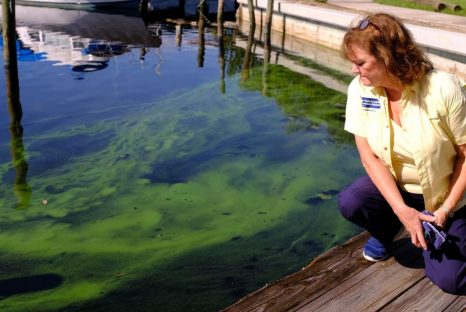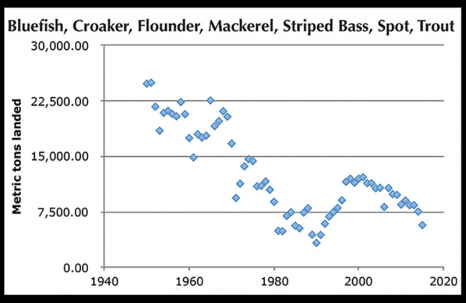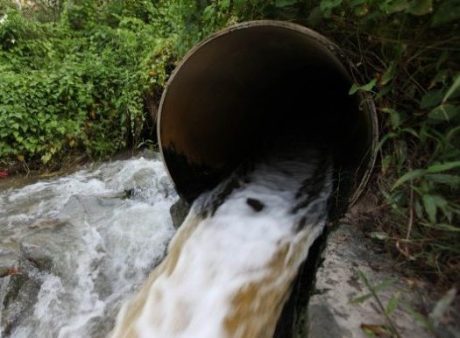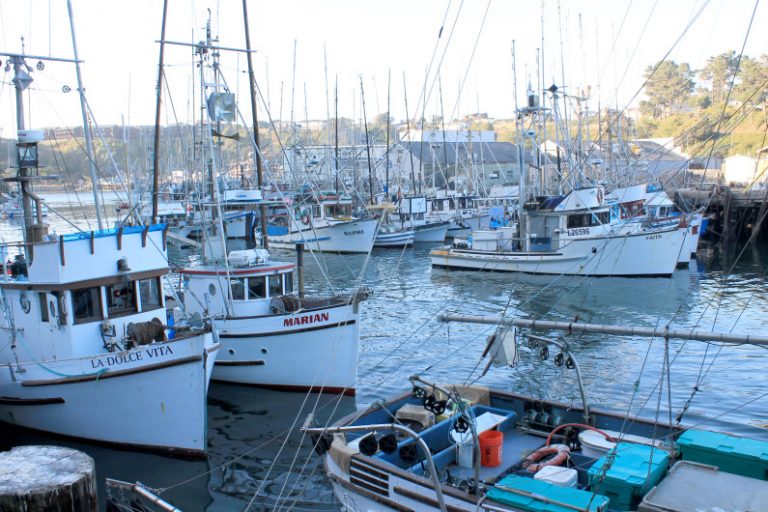Tag Archives: nutrient pollution

Nutrient Pollution and Algae Blooms: Pollution Has Cost Florida Millions, and the Bill Keeps Rising
Amid a historic fish kill in Biscayne Bay, the public’s eyes are on some of the causes of the dire situation plaguing our waters: nutrient pollution and algal blooms. Nitrogen and phosphorous from fertilizers and sewage-treatment plans across the state are supercharging the growth of toxic algae that makes the water undrinkable and depletes it of oxygen. Cleaning up that algae hasn’t been cheap. Over the past decade, the State of Florida has spent at least $20 million cleaning up and preventing algal blooms in its major bodies of water, according to a recent study by the nonprofit Environmental Working Group (EWG). >click to read< 08:00

Red tide and green slime: Florida faces epic statewide fight with algae
We may smell it first, warned environmentalist Rae Ann Wessel. She was right. Along a wall of mangroves, the stench last week advertised of something to be buried. It was a greeting to Fort Myers’ algae horrors. Green slime and red tide are invading the Fort Myers region’s inshore and offshore waters, slaughtering marine life and threatening a more sinister outcome: Toxins produced by a green-slime variety may link to neurodegenerative illnesses, say some scientists who are investigating. For decades, Florida’s watery environment has been sickened by pollution from septic and sewer systems, storm water and fertilizer from landscaping and agriculture. That “nutrient” pollution, with nitrogen and phosphorus flavors,,, Video, >click to read<14:24

Chesapeake Bay fishery to keep deteriorating unless nutrients from land are addressed
The March Bay Journal 2017 commentary, Don’t let menhaden become a case of could have, should have, would have, laments the decline in Bay menhaden populations and blames the reduced number of predatory “sport” fish on Omega Protein’s harvest (click here). The Atlantic States Marine fisheries Commission is quite clear this year that “Atlantic menhaden are neither overfished nor experiencing overfishing” (click here). In Maryland, juvenile menhaden are sampled annually through the Estuarine Juvenile Finfish Survey. The index of juvenile menhaden has been low since 1992, and “environmental conditions seem to be a major factor driving recruitment.” (click here). Something other than overfishing must contribute to, or even be responsible for, reduced Bay menhaden populations. I contend that the primary cause of depleted finfish stocks, including bottom-feeding fish like croaker that do not eat menhaden, and the menhaden themselves, is poor water quality, not overfishing. click here to read the story 12:17

Have you heard? Nutrient pollution is changing sounds in the sea
Nutrient pollution emptying into seas from cities, towns and agricultural land is changing the sounds made by marine life – and potentially upsetting navigational cues for fish and other sea creatures, a new University of Adelaide study has found. Published online in the journal Landscape Ecology, the research found that marine ecosystems degraded by ‘eutrophication’, caused by run-off from adjacent land, are more silent than healthier comparable ecosystems. This marine ‘soundscape’ comes largely from the snapping of shrimps, but also the rasping of sea urchins and fish vocalisations. The researchers – PhD graduate Tullio Rossi, Associate Professor Ivan Nagelkerken and Professor Sean Connell from the University’s Environment Institute – studied kelp forests and seagrass beds in South Australia’s St Vincent’s Gulf, many of which have been impacted by excessive nutrients washing into the sea, particularly along the metropolitan coast of Adelaide. Read the rest here 17:31
Wastewater Treatment Plants – Why we can’t get our water supply free of drugs.
Vance Trudeau, a biologist at the University of Ottawa, who has found evidence of “sexual side effects” in goldfish exposed to traces of Prozac in his lab, says “Prozac is the tip of the iceberg.” He adds that U.S. waterways are becoming a and he, along with Writer and other biologists, say that soup is becoming more difficult to identify and filter everyday. “Most sewage treatment plants have not been built with the removal of pharmaceuticals in mind because it wasn’t something people were thinking about,” Trudeau says. “To upgrade is prohibitively expensive. So pretty much anything we take ends up in the water.” Read the rest here 23:01
Corn Belt Pollution: Louisiana Shrimp And Oysters Pay The Price as EPA raises the ethanol mandate
 Nitrogen run-off from the nation’s booming Corn Belt is the single largest source of nutrient pollution in the Mississippi River basin, which drains a stunning 41 percent of the waterways in the contiguous United States. Massive amounts of water, sediment and nutrients wash off cornfields from as far away as Minnesota, enter the Mississippi River system, and eventually reach the Gulf. Read the rest here 12:07
Nitrogen run-off from the nation’s booming Corn Belt is the single largest source of nutrient pollution in the Mississippi River basin, which drains a stunning 41 percent of the waterways in the contiguous United States. Massive amounts of water, sediment and nutrients wash off cornfields from as far away as Minnesota, enter the Mississippi River system, and eventually reach the Gulf. Read the rest here 12:07














































